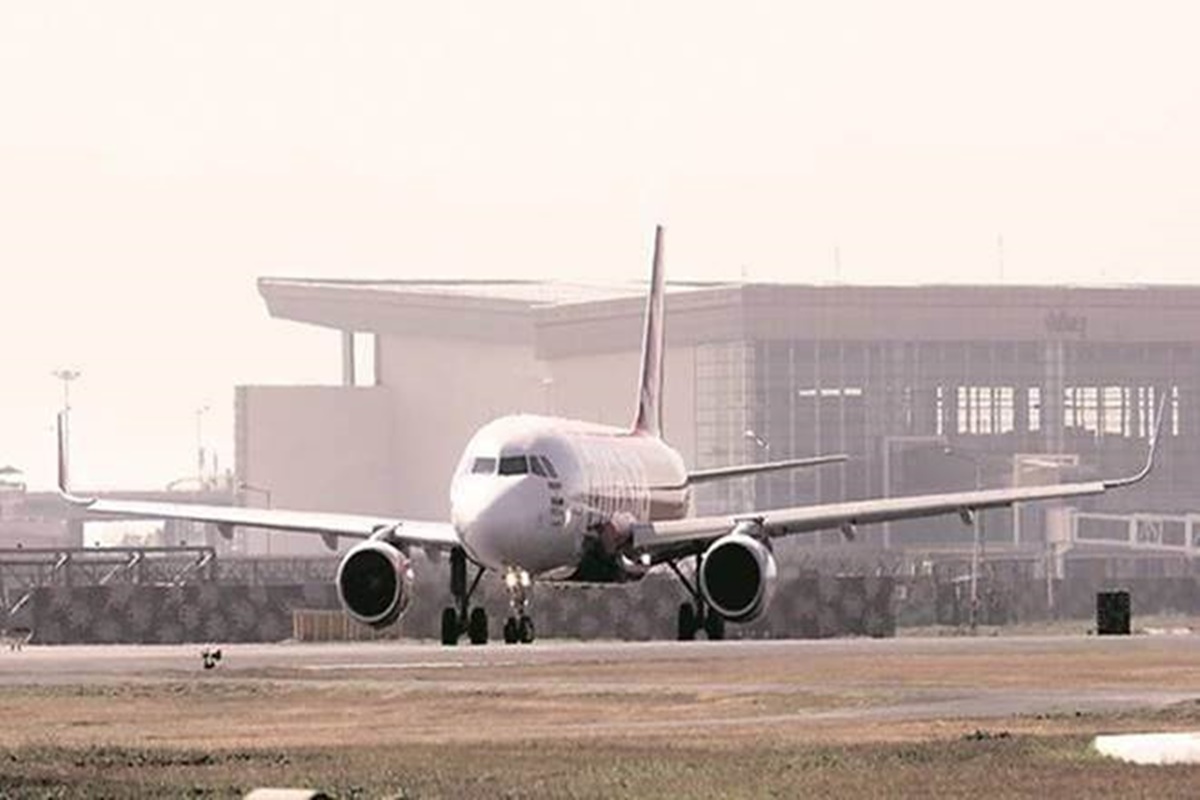
For regional airports to run, states need to make UDAN fly
Regional airports cannot operate in isolation. It is time that the governments made the government's UDAN scheme work in small cities.

The decision of the Centre to set up 100 more airports for the regional connectivity scheme UDAN — Udey Desh Ka Aam Nagarik — may have come with good intentions but isn’t enough.
The government has allocated ₹1.7 lakh crore for the transport sector, out of which ₹456 crore has been allotted for the Udan scheme (regional connectivity) of 2020-21 – in order to provide affordable air connectivity between tier 2–3 and metro cities.
To keep the travel option affordable, the government has capped fares at ₹2,500 for a one-hour flight, with funding coming from both the Centre and the state governments. States contribute 20% while national airlines are required to contribute a certain amount to the scheme through a surcharge.
But the UDAN scheme despite having its heart in the right place has not taken off as much as the government may have wanted it to. The government had announced 688 routes initially for the regional connectivity scheme (RCS) but only a third of them are operational.
To make it more attractive for private players, the government tweaked the scheme later to help airlines to take off on those routes but till date, the response has been less than encouraging.
Also read | Aviation Ministry to launch Krishi Udan scheme for transport of agri-products
The reasons are obvious. While the government still believes that it is its responsibility to put the entire country on the air map, what it fails to realise is that whenever a well-intentioned programme is launched, bureaucrats who put together the plan look at it more as a theoretical exercise than anything else.
The UDAN scheme suffers from such short-sightedness. That air connectivity can work in isolation is something which this scheme misses out completely.
- Most of the airports in tier two, three cities do not have enough ground infrastructure to attract passengers. It is important to get all the stakeholders on the same page if an airport has to become viable. Firstly, the local administration should connect the airport with a network of road infrastructure which can take the load off heavy and fast-moving vehicles.
- The state government and the local civic administration should encourage local industries with incentives to move their cargo through these ports.
- It is not good enough to build airports. It should also have three-star category hotels and restaurants around it so that passengers, especially businessmen need not go hunting for good accommodation inside the city.
- It should develop airports as counter-magnet towns with shopping malls, restaurants, hotels and offices so it becomes an attractive destination for people.
- Airports operators should earmark enough space for shopping and accommodation inside the building.
- It should connect airports with public transport while private operators who ply taxis should be offered incentives for a certain period to help passengers to commute to various destinations in that town.
- The state government should go further than what the Centre has mandated by earmarking a certain amount in their budgets which can be used to further subsidise airfares only for regional airlines.
- The state governments should also put a cap on the excise duty they charge on aviation turbine fuel specifically for regional airlines.
- It is not enough if the government puts aside a certain budget for opening airports under the UDAN scheme. It should also actively help regional airlines with incentives and a special fund to keep them flying till such time that the PLF (Passenger Load Factor) is at a reasonable 60–80% of occupancy on each flight.
Another major reason for the failure of the UDAN scheme is that regional airlines do not have access to exclusive landing and parking slots for their flights at metro cities. This has resulted in carriers like IndiGo and SpiceJet enjoying this scheme at the expense of regional airlines. Regional airlines like Air Odisha and Air Deccan had to close because of the fact they could not compete with major private operators.
Also read | Budget: 100 new airports, rail electrification figure in infra boost
The government should also work with privately owned metro airports to make them agree to open or reopen smaller airports which are based in the same city which have been closed down so that regional airlines can operate out of them only. One such example is the closed-down HAL airport in Bengaluru which can be reopened immediately to accommodate regional airlines.
Launching schemes which can never be successfully implemented or showcase a government’s intentions will help none of the stakeholders and, in fact, stunt the growth of the industry itself.


